The Article
MOJO 2 FROM CHORD ELECTRONICS
15th March 2022
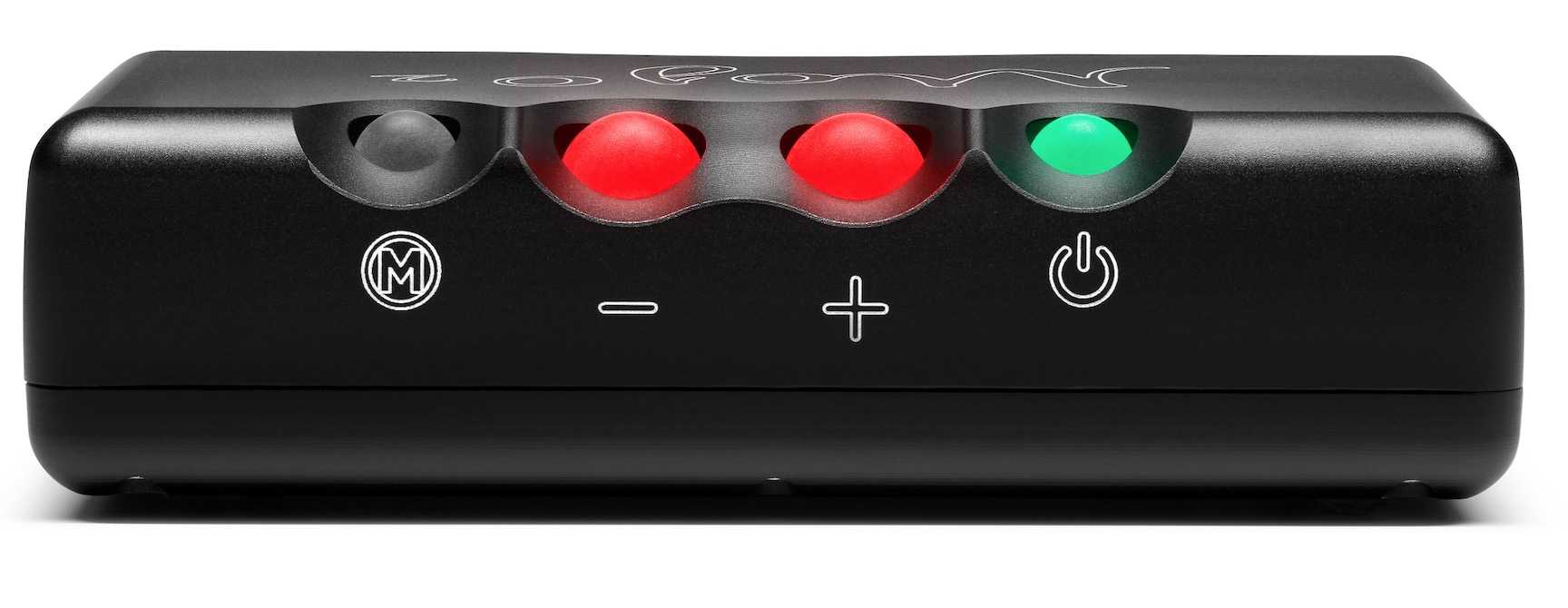
The cheeky chappy is back! Updated, more features but still retaining that compact form factor and matt finish, Paul Rigby reviews Chord’s headphone amplifier/DAC
OK, settle down. Yes, this is a Mojo 2 review but you need to know a thing or two before I either drool over the thing or poke it with a pointy stick.
This little box has a lot of history behind it. That’s one aspect of the Mojo 2 you might miss when you read or see other reviews of this thing.
If you look at the coverage of the Mojo 2, you’ll hear a lot about tech specs and how it compares to the Mojo 1 and yada, yada, yada. And I’ll get to that and that’s also fine if all you want to do is close your eyes and hand over the cash. No problem. And many people will, I’m sure.
But if you want to properly appreciate this product, you need to take a deep breath and look around.
A SPOT OF HISTORY
What I mean by that is, the Mojo 2 has not emerged, fully formed, feathers dripping wet from a digital egg. The Mojo 2 is part of a long-term design evolution from one man.
Deltec’s first DAC offering [above and below]When the Mojo 2 designer, Rob Watts ‘were a lad™’ he co-founded a company called Deltec — along with his then partner Adrian Walker (the pair met in University in Cardiff). Back then, in the late 80s he released his first DAC, the DPA PDM 1. At that time, DACs were…weird. What I mean by that is, not many people understood them, knew what they were for and why they even existed.I have a print review of one of Deltec’s DACs here from the early 90s (it was called the Little Bit) and the DAC is referred to as a ‘CD convertor’.
Back then, DACs were bizarre creatures. Exotic boxes aimed at HiFi nerds.
That was Rob Watts back then. What I’m trying to emphasise here is that Rob Watts is not a new boy, he’s not fresh off the boat here. Watts has been in this game a long, long time. In terms of DAC knowledge and DAC insight and DAC potential, Rob Watts knows better than most of the largest and most established DAC chip companies in the world today. He had and still has, a drive to innovate in the digital space. To push onwards, in fact.
So, for example, Watts invented something called DDFA (Direct Digital Feedback Amplifier Technology) for the chip outfit CSR, the end product of which was seen in a range of NAD products. He also created the WTA (Watts Transient Aligned) filter and Pulse Array technology for Chord.

I get the feeling that Watts is never satisfied. At least in technological terms. He wants to see what’s around the next corner.
FPGA
I remember talking to Watts back in 2013. I was reviewing a Qute HD for the UK national newsstand HiFi magazine, HiFi World. In that product, Watts included a DAC chip of his own design. A FPGA (Field-Programmable Gate Array), in fact. A chip, that he created to his own specifications.
I had to ask. Why not use an off-the-shelf DAC? Something from Wolfson, maybe? Burr Brown, perhaps? The answer, “Because they sound crap,” gave me an inkling into Watts’ single-minded passion for DAC design and construction.
Referring to DAC chips from the more established companies, Watts added, “They don’t even do listening tests, it doesn’t feature on their event horizon. Design is all done mathematically. They make assumptions and then they just do it.” According to Watts, technocrat graduates populate these companies showing a greater interest in mathematics than audio.

And that’s what I’m all about too. I couldn’t care less about the maths, I couldn’t less about the science or the physics or the measurements. I buy hifi to get closer to the sound, I don’t buy hifi as a mental exercise.
To me, a DAC is not a crossword in an aluminium case.
This is why I have time for Rob Watts. This is why I wanted to review the Mojo 2.
DESIGN
The Mojo 2 is compact and fits easily in the hand and pocket. It’s a truly portable device but it’s also solid, being built from a single piece of aluminium, as was the original Mojo 1.
Those with a keen eye will notice that the notches for the rubber bands, to strap the Mojo to other devices, have gone. For me, this is no great shakes as most people will use broad-based, non-slip bands anyway.
Like the Mojo 1, the power button and volume controls remain positioned at the top of the Mojo 2 via Chord’s preferred ‘coloured marbles’ interface. Although those little marbles are now reduced in size. There’s also a fourth marble button, one more than the three resident on the 1. This extra button is devoted to the 2’s menu.
On the side, you’ll find USB-C and micro USB inputs, both can handle 32bit/768kHz. There’s a dual data 3.5mm coax input that can also run 768kHz if hooked up to Chord’s M-Scaler. To finish? You’ll find an optical and USB charging port. Be aware that, if you do charge the Mojo 2 with an external power supply, make sure it offers a minimum of 2 Amps.
Continuing the chassis tour, you’ll also find two 3.6mm headphone output sockets too. Just be aware that the headphone outputs are not independently controllable. It’s s shame one of these outputs couldn’t have been a full-size 6.35mm socket. Also, for the price, I would have liked to have seen a balanced output. Then again, Chord says that balanced is unnecessary on the Mojo 2 and, in fact, “…pulse array DACs are single-ended, so going balanced would make it sound worse.” So that’s me told then.
Before I go any further, I’d also like to emphasis one aspect of this design. It’s a crucial part of the Mojo ethos. And it’s this. Be aware that, apart from minor chassis labelling and some pictorial punctuation, the Mojo 2 doesn’t use numbers, letters or any other written form to convey information. This is a colour-based interface. If you want to be ‘in’ with the Mojo, then you need to get used to colour. You have to be friends with colour. If you become a regular Mojo 2 user, colour will play a big part in your life. Colour is where its at. If you have no wish to commune with colour, then you will have to wave farewell to the Chord Mojo 2.
After that Pantone paragraph, we will continue.
To bring life to this bejewelled box you press the power button for all of two seconds. When this happens all of the buttons will light up in a joyous, rainbow celebration that resembles Blackpool illuminations during a wet Wednesday in December. The Mojo 2 will then preview its colour palette as the buttons flip from one shade to another until a built-in relay soft clicks once. If you leave the Mojo 2 sitting there without any activity, it will switch itself off after around 10 minutes to save battery.
Speaking of which, the 2 features a new battery which means you get eight hours of constant playback use.
The power button also pulls double duty because it will also display the sample rate during playback, in a colour coded form.
TAKING CHARGE
When the battery is being charged, a little light right underneath the charging port flashes a pulsing colour which gives you an indication of how far the Mojo 2 is to a full charge status. With an external charger attached and the Mojo 2 turned off, the Menu button will illuminate, telling you how things are going. That is, it will tell you how fast you can expect your unit to charge and if there’s enough juice entering the system in the first place. So a red light is an indication that you need to up your game in charging terms and get yourself a more powerful charger.
If you hook up the Mojo 2 to a Mac then you’re ready to go. You’ll need to update the Mojo 2 if you want to use the 2 with a Windows device, though. You can find those on the Chord website.
If you want to use the Mojo 2 with an iOS device then you’ll need a USB-to-Lightning adaptor. Android devices can connect directly via USB.
In use, if you press the volume up and down buttons simultaneously, the Mojo 2 will mute. Otherwise, pressing the volume up or down increases and decreases volume by 1db per push of a button.
There’s a host of menu options available for the Mojo 2. If you select a menu option, that option will be saved after a reboot.
One of the features found in the menu options are a set of four EQ settings, tone controls in effect, to change the sound output called UHD DSP, a supposed lossless digital signal processor that’s backed by the Mojo’s 104bit processor. Each EQ setting includes steps of adjustment.
This feature also adds crossfeed, something that users of Dave and Hugo2 DACs will be familiar with to alter the nature of the soundstage and the direction of sound so that you can change from traditional headphone-like soundstage to something akin to listening to speakers. There is also a Lockdown mode. No this doesn’t cut power to all car engines, close down runways and keep the local population in their houses until further notice. Instead, it locks the buttons. Useful if you’re on the move and don’t want to risk accidentally changing your settings when the Mojo 2 is in a jostling bag.
In terms of compatibility? Rest assured that, if you own a Poly streaming device, the 2 will work with that. I think Chord is issuing a firmware update to cover that. Poly needs to be on the latest firmware version to work with Mojo 2, plus users will also need the latest version of Gofigure. Anyone buying a new Poly will have the latest 3.0 firmware pre-installed but existing Poly owners will need their original Mojos to perform the update.
So how does this thing perform?
SOUND QUALITY
To test the Mojo 2 I brought in my trusty ATC HDA-P1, an iFi Nano and an original Mojo 1. Yes, some of these are set at a lower price but I wanted to see if the Mojo 2 was worth the extra cash and, if so, why.
This lot was powered by my MacBook laptop and Red Wine modded Astell&Kern AK120 DAP and listened to them via my Sennheiser HD660 S and 800 headphones plus my Meze 12 Classic earphones.

I started with my laptop as a source and played some jazz. Specifically, Charles Lloyd’s How Can I Tell You from the album Manhattan Stories via 24bit/44.1kHz.

Despite the rather lovely approach from the ATC, the romantic, slightly warming sound from the latter couldn’t compete with the detail and insight from the mids via the Mojo 2.

The iFi Nano was a far greater challenge. Low in noise and smooth in mids, the output was measured and relaxed. Again though, the Mojo 2 offered more insight, a greater weight of information and a sense of focus that picked out fine detail across the frequency spectrum. No surprise, considering the higher price of the Mojo 2 but it’s reassuring to know that that extra money is going somewhere useful.
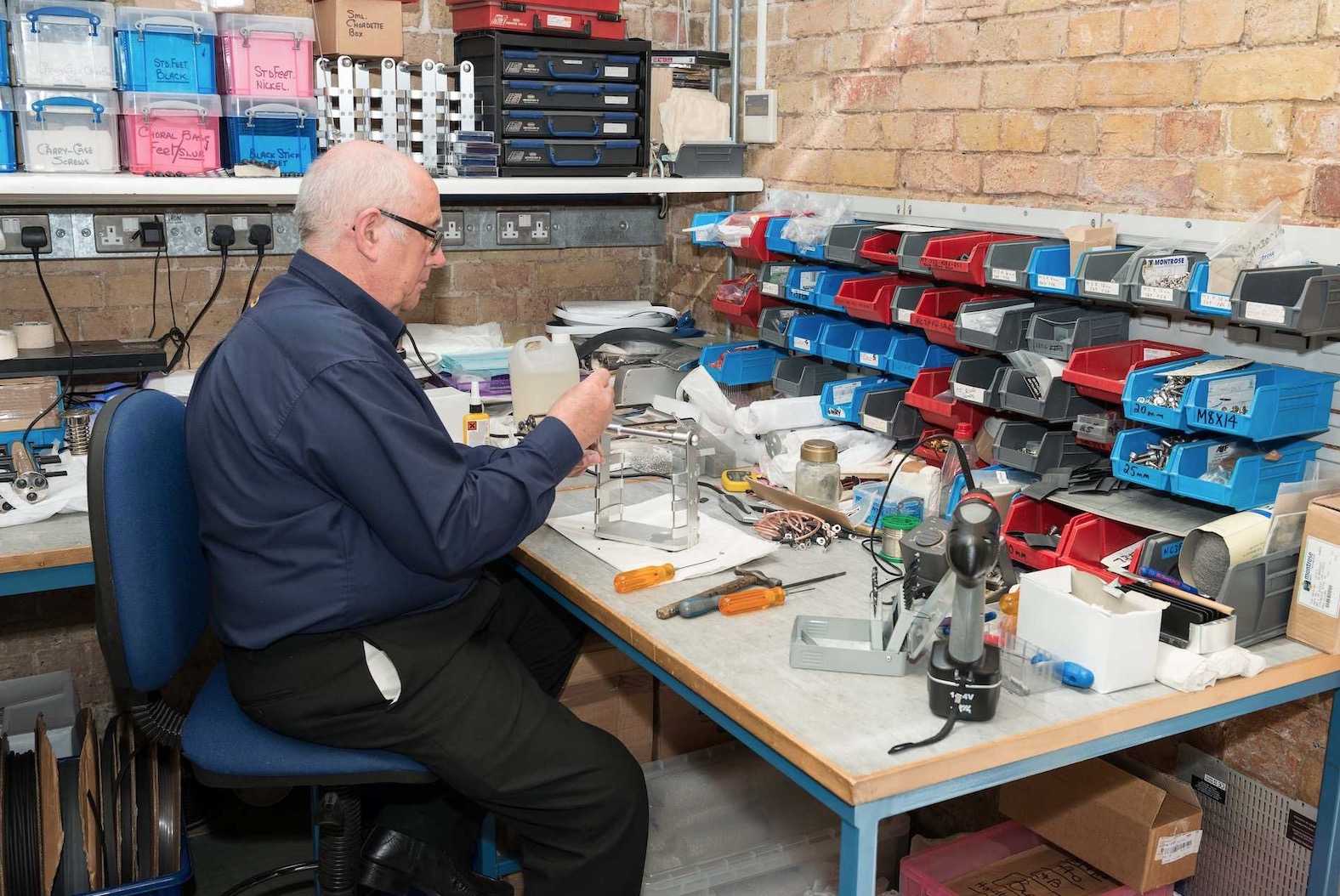
Comparing the Mojo 2 to the Mojo 1? There is a definite improvement in clarity from the Mojo 2. The Lloyd saxophone is decidedly more reedy in its delivery while the Mojo 1 can be a little rolled off around the upper mids, in comparison. The Mojo 2 extends that a bit further. The guitar on this track is a little more focused too. Further forward in the mix.
The Mojo 1 offers a lovely sound in isolation but, compared to the Mojo 2, can sound slightly veiled around the upper mids. That goes for treble too. Cymbal taps around the three minute point on this jazz track offered a crisp strike and a wider and longer reverb tail from each tap.
ROLLING BASS
Bass too, while not offering any extra power or punch, did provided greater precision. Tightening the response so that plucks on the upright bass here offered more impact.
Moving to my modded AK120 and Bob Marley’s Jamming at 24bit/96kHz, I was impressed by the rolling bass which had heft but never boomed or bloomed. It remained firm with a sense of focus. I was glad to hear that the bass didn’t swamp the mids. There was plenty of detail to go around here from the clarity of the female backing singers to the many drums tones from percussion.
The rhythm guitar, offering that iconic reggae ‘m-chakka, m-chakka’ guitar sound can, on some systems, sound a little edgy from this recording but the Mojo 2 retained a sense of balance and neutrality that maintained displace and order.
Playing Punky Reggae Party, I tried the EQ selection which performed as expected, adding gradual emphasis both in the lower and high-frequency regions. This can be a useful tool, especially if you’re in noisy environments, don’t run noise cancelling headphones and you’re struggling to hear your music. I’ve been on some trains where this sort of tool can come into its own.

For more dynamic action I turned to Dire Straits’ Money for Nothing at 24bit/88.2kHz, a track that be a rather brittle in the upper mids on some systems. Via the Mojo 2, well I could hear a slightly tense midband I was impressed just how generally balanced this track was.
The lead guitar especially can be a touch on the cutting side but not here. The Mojo 2 managed to retain a sense of disciple that kept any possibly wayward frequency bang in check. The Mojo 2 cracked the whip with a sense of efficiency in this department.
Bass was thumping rhythmic giving the track a real forward motion. This drive allowed the music to keep a pretty fast pace. The music never dragged with the Mojo 2.
CONCLUSION
What you’ve got here is an update of the Mojo franchise for new decade. The Mojo 2 gives you tweaks, enhancements and improvements in terms of the basic design and form factor while the interface remains largely familiar.
What really hits the spot though is the sound quality improvements that provide a boost in clarity and detail. On that point alone, I would recommend an upgrade from the Mojo 1 or a close look if you’re previously unfamiliar with the Mojo concept. It’s been a while but I’m glad the Mojo 2 finally arrived. It’s been worth the wait.
CHORD ELECTRONICS MOJO 2
Price: £449
Website: chordelectronics.co.uk
GOOD: clarity, upper mid extension, focused bass, portability
BAD: No 6.35mm connection
RATING: 8
REFERENCE
ATC HDA-P1 headphone amplifier
Chord Mojo headphone amplifier
Sennheiser HD800 headphones

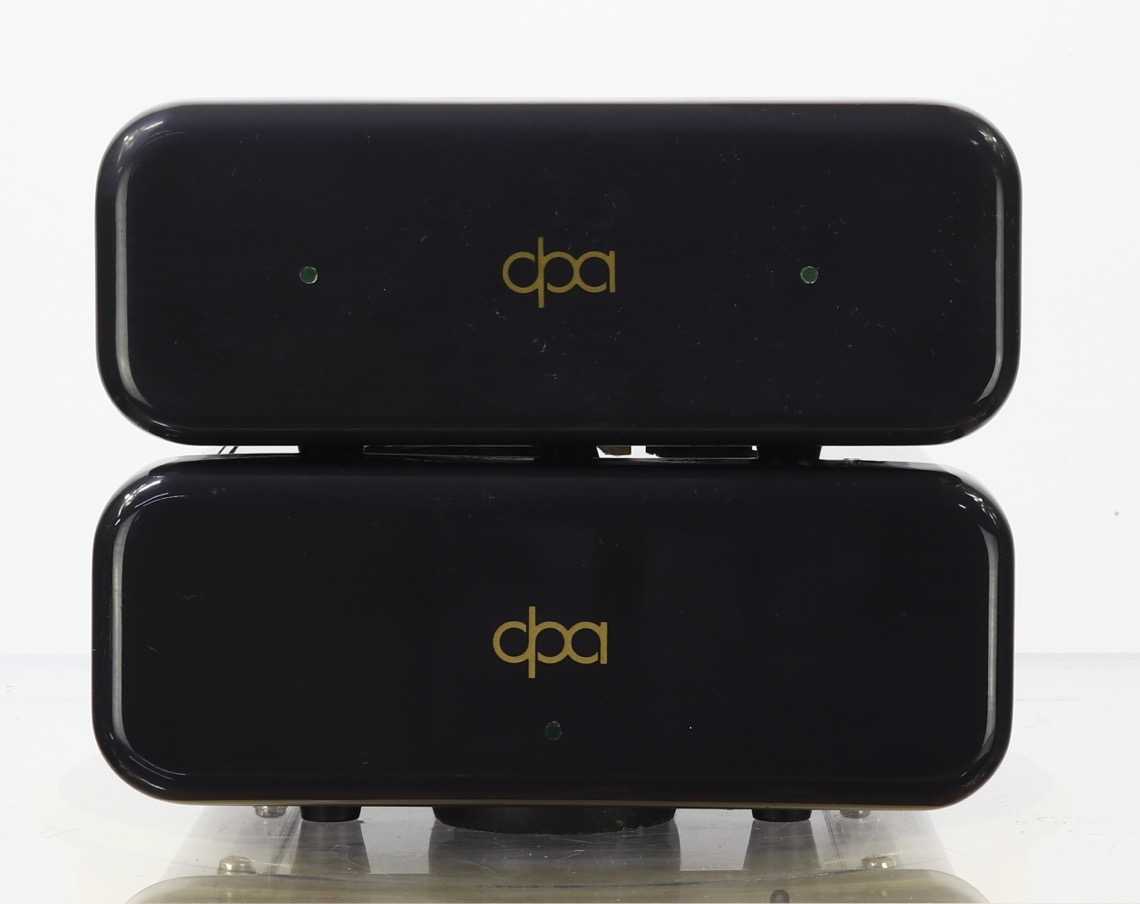
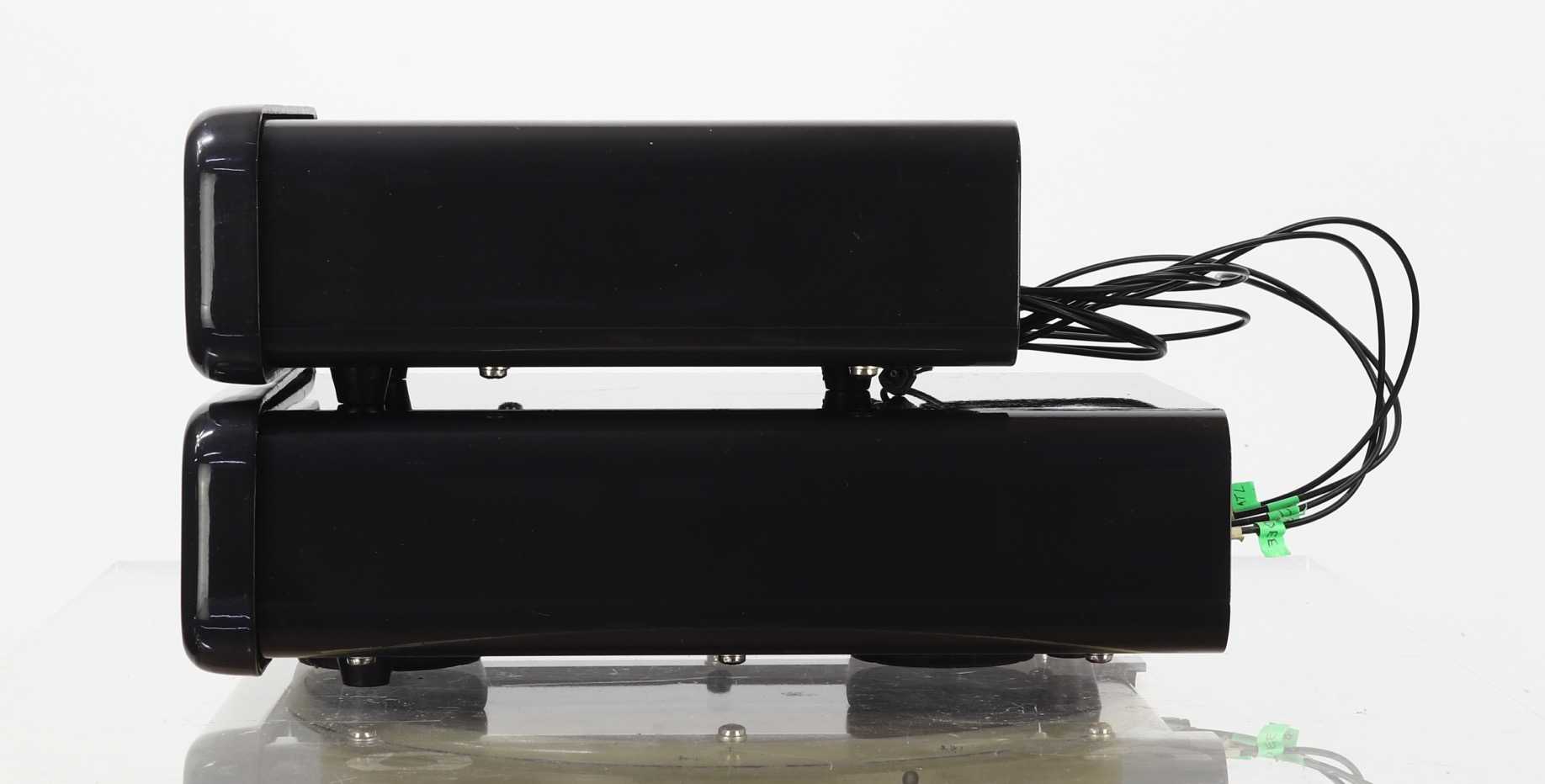
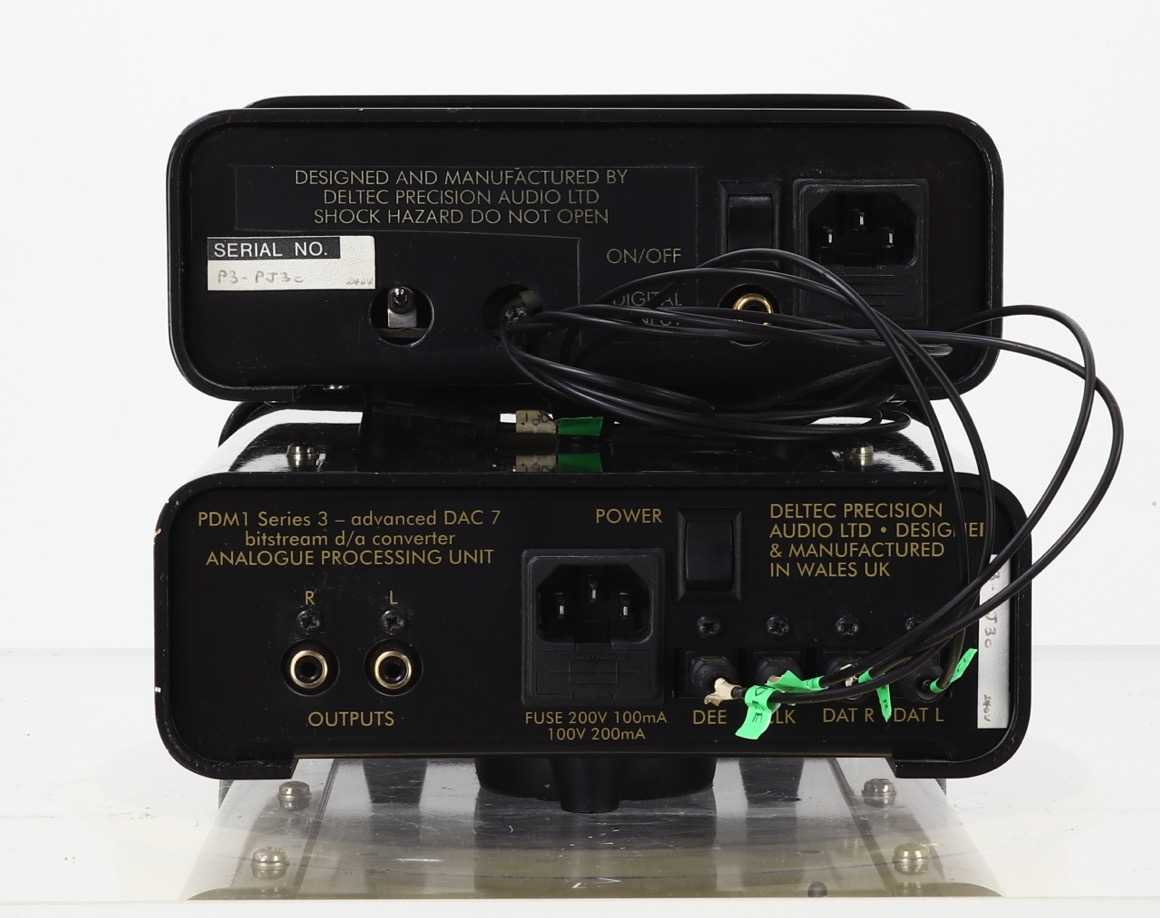
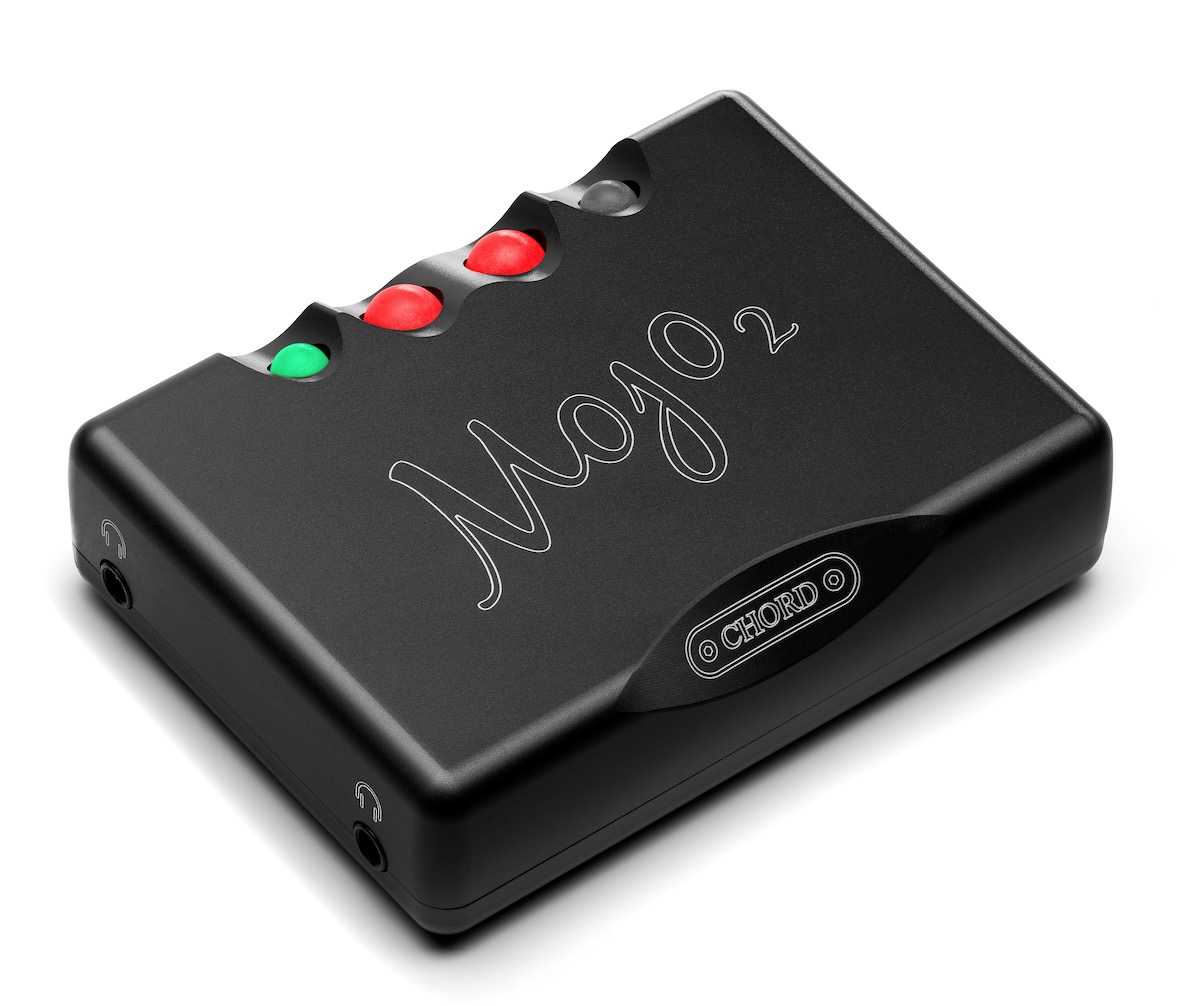
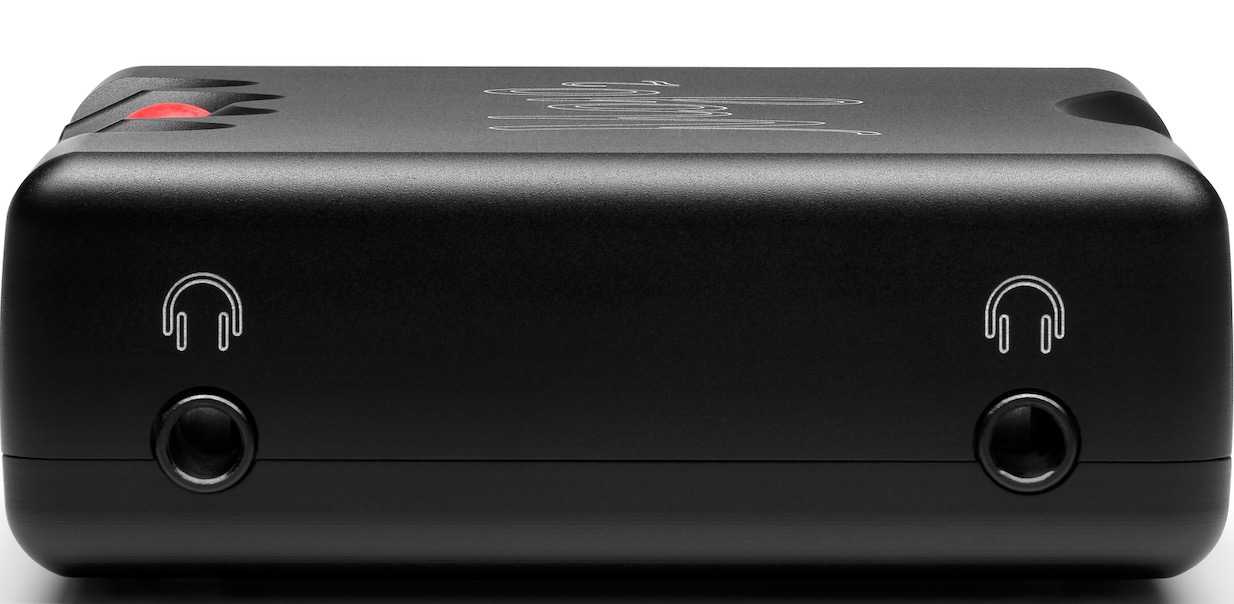
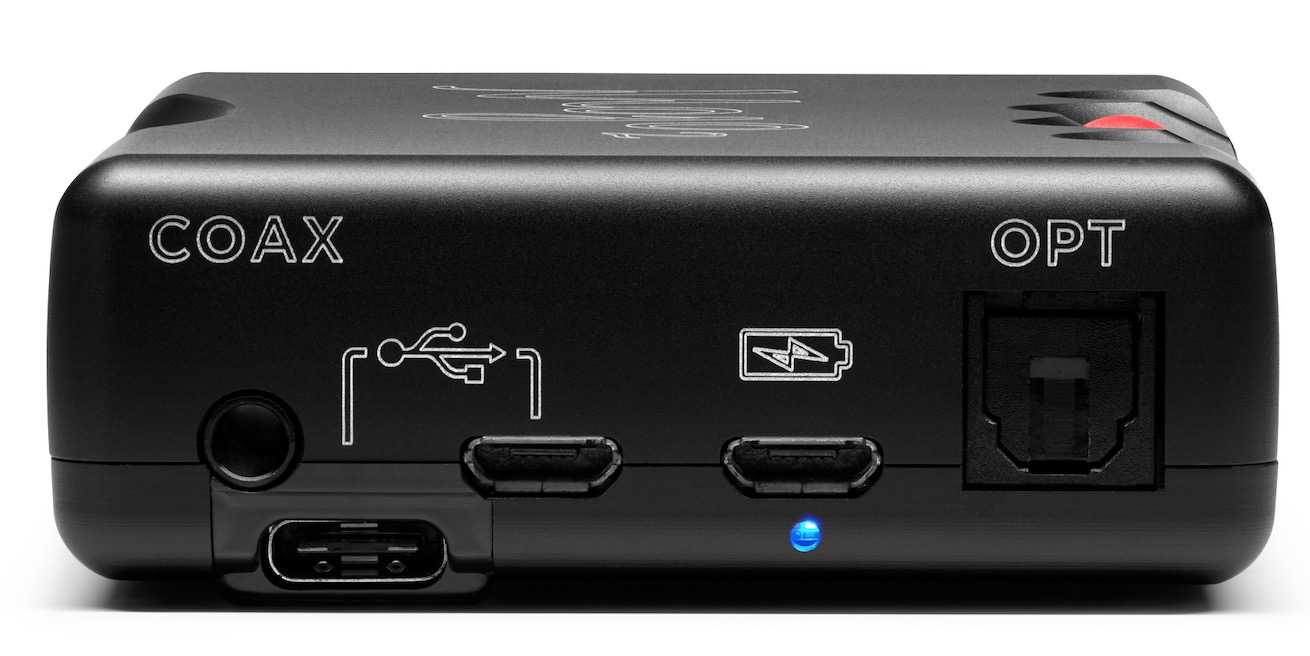
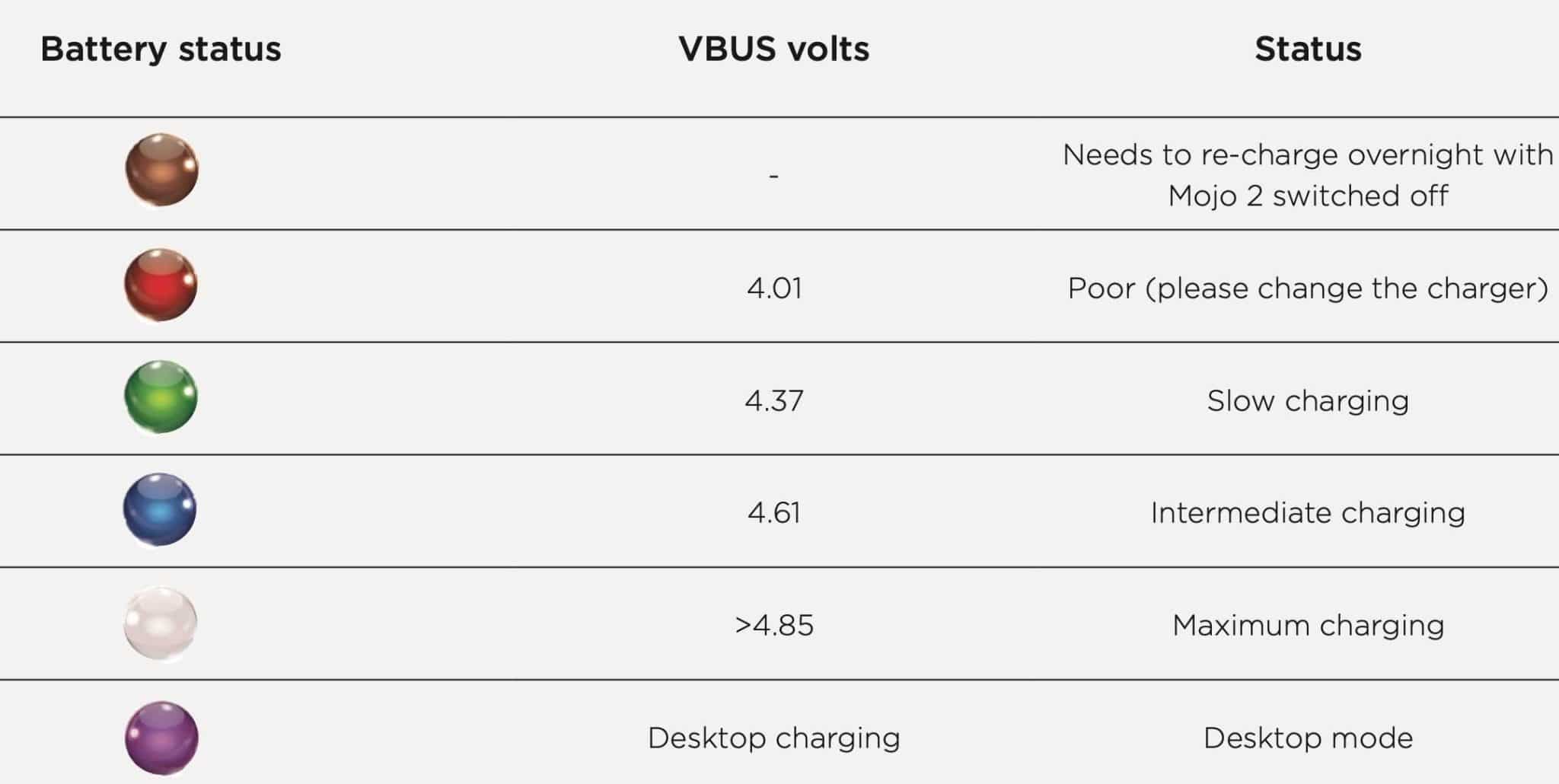

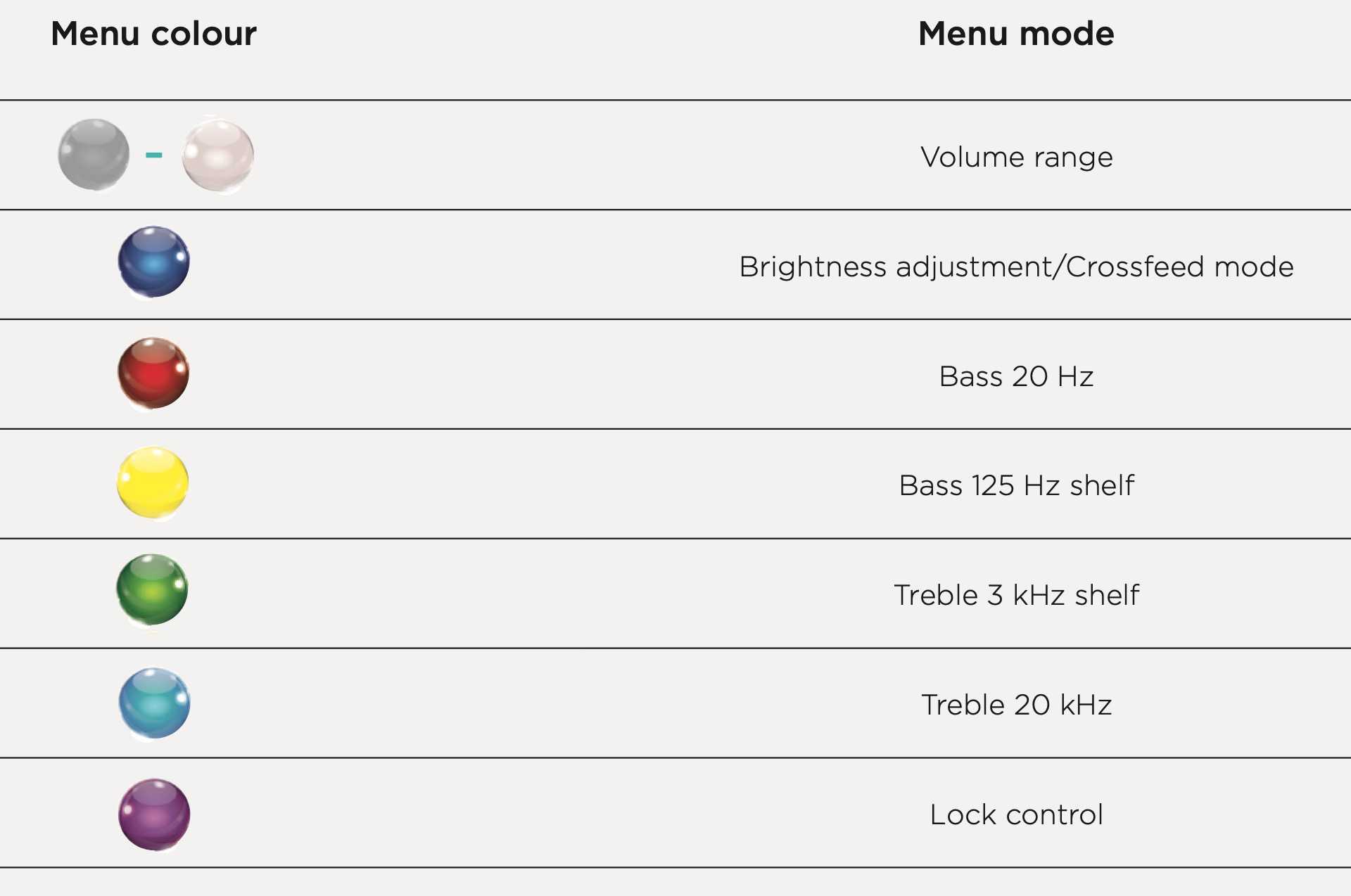
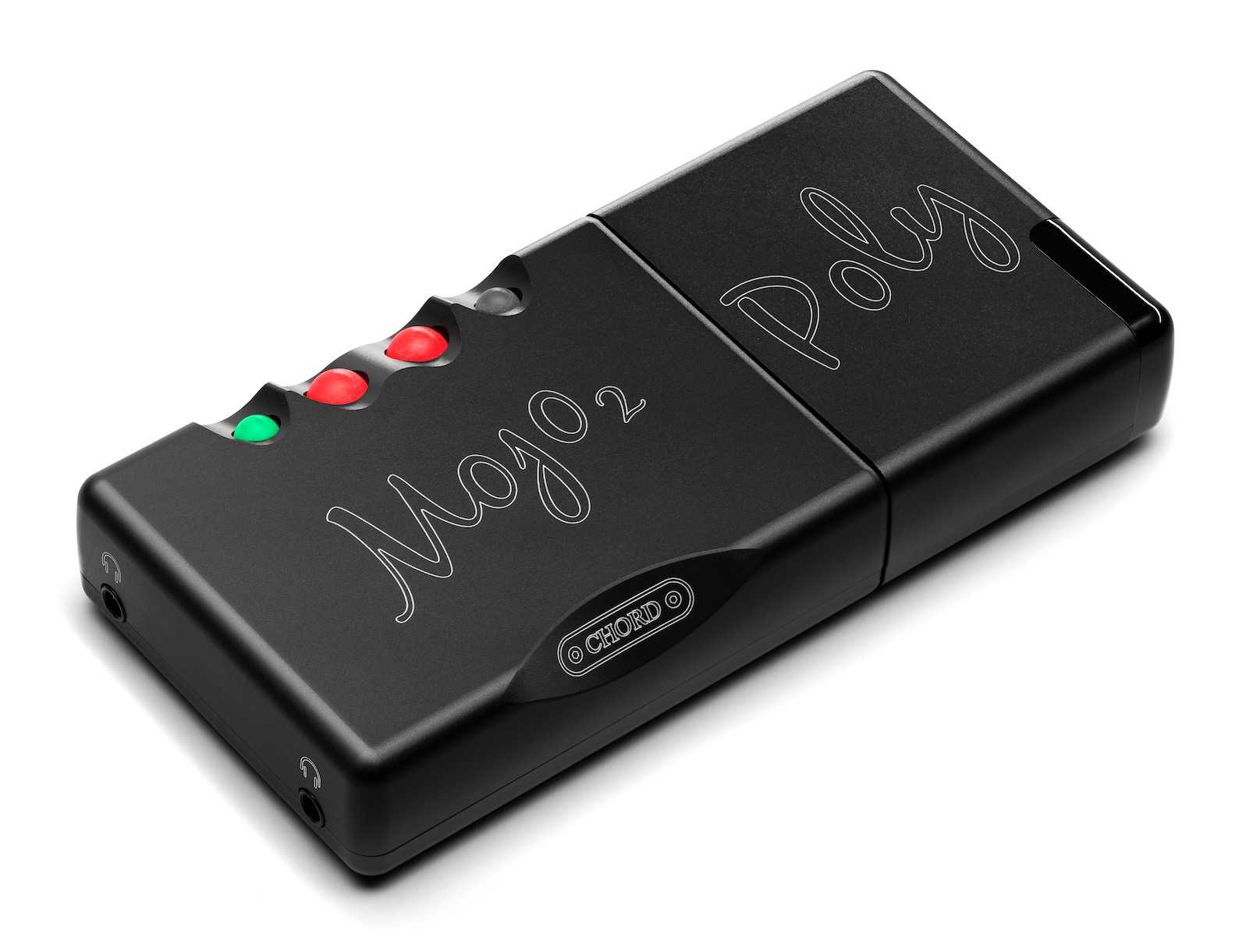
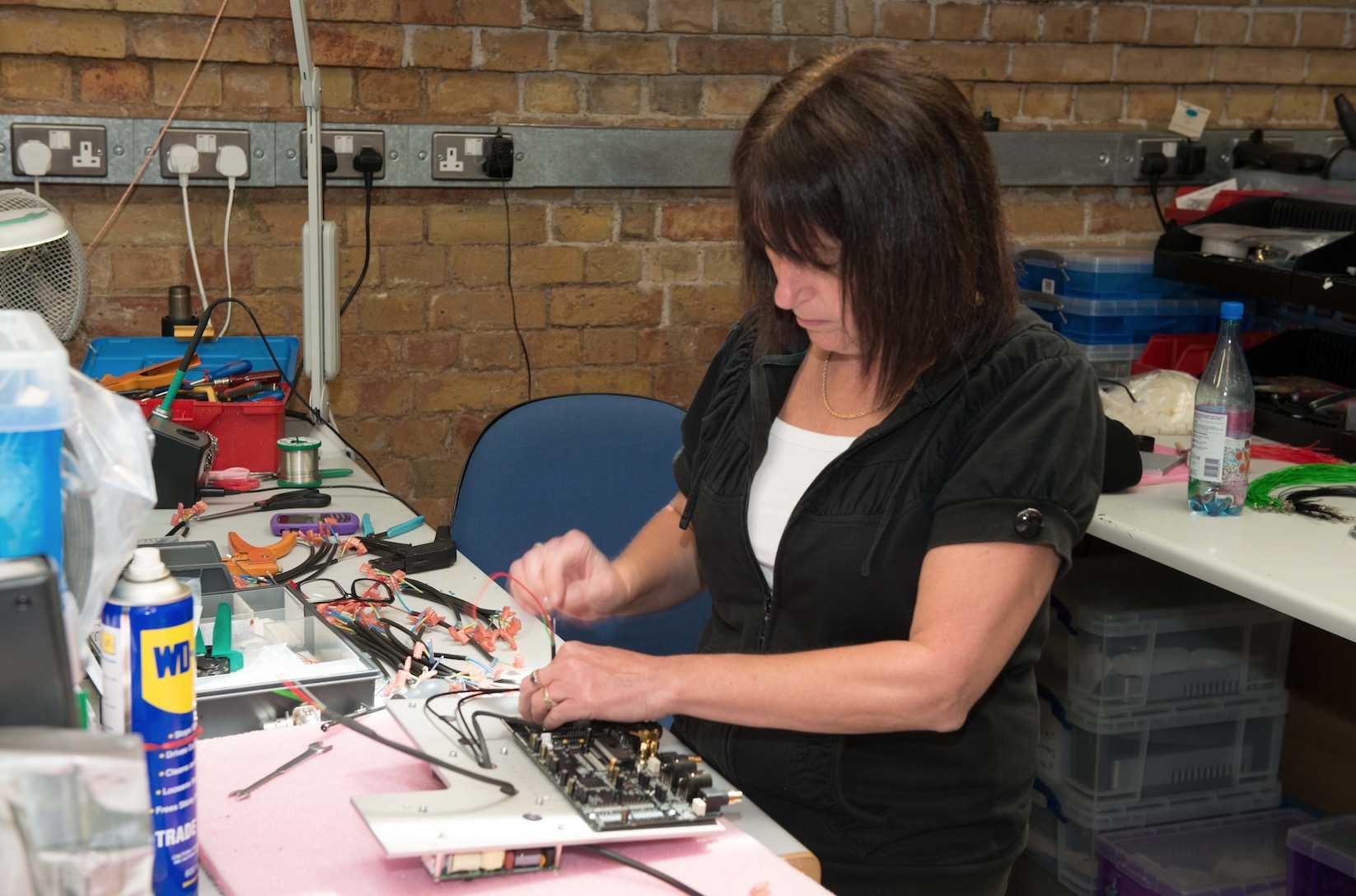

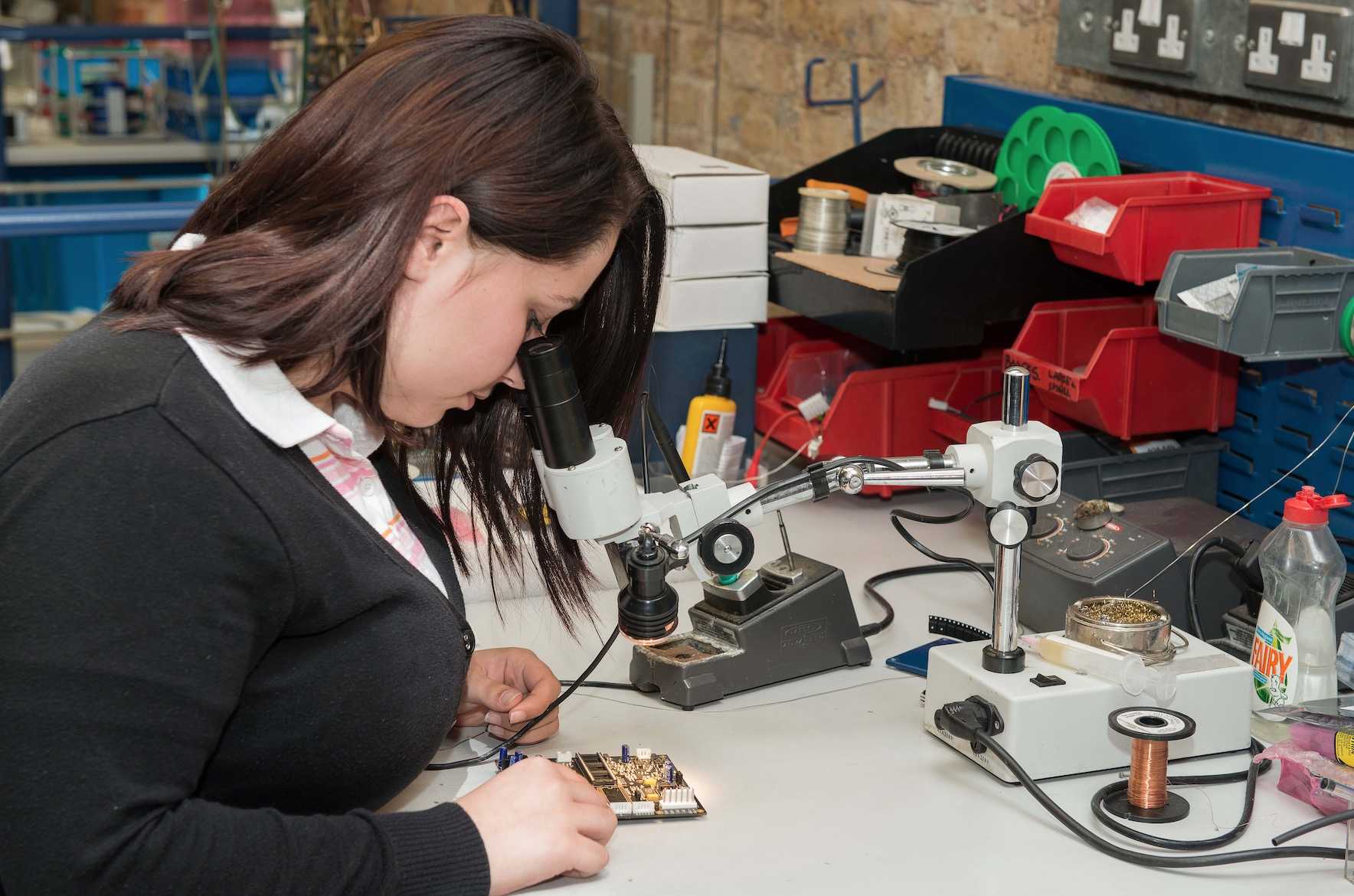
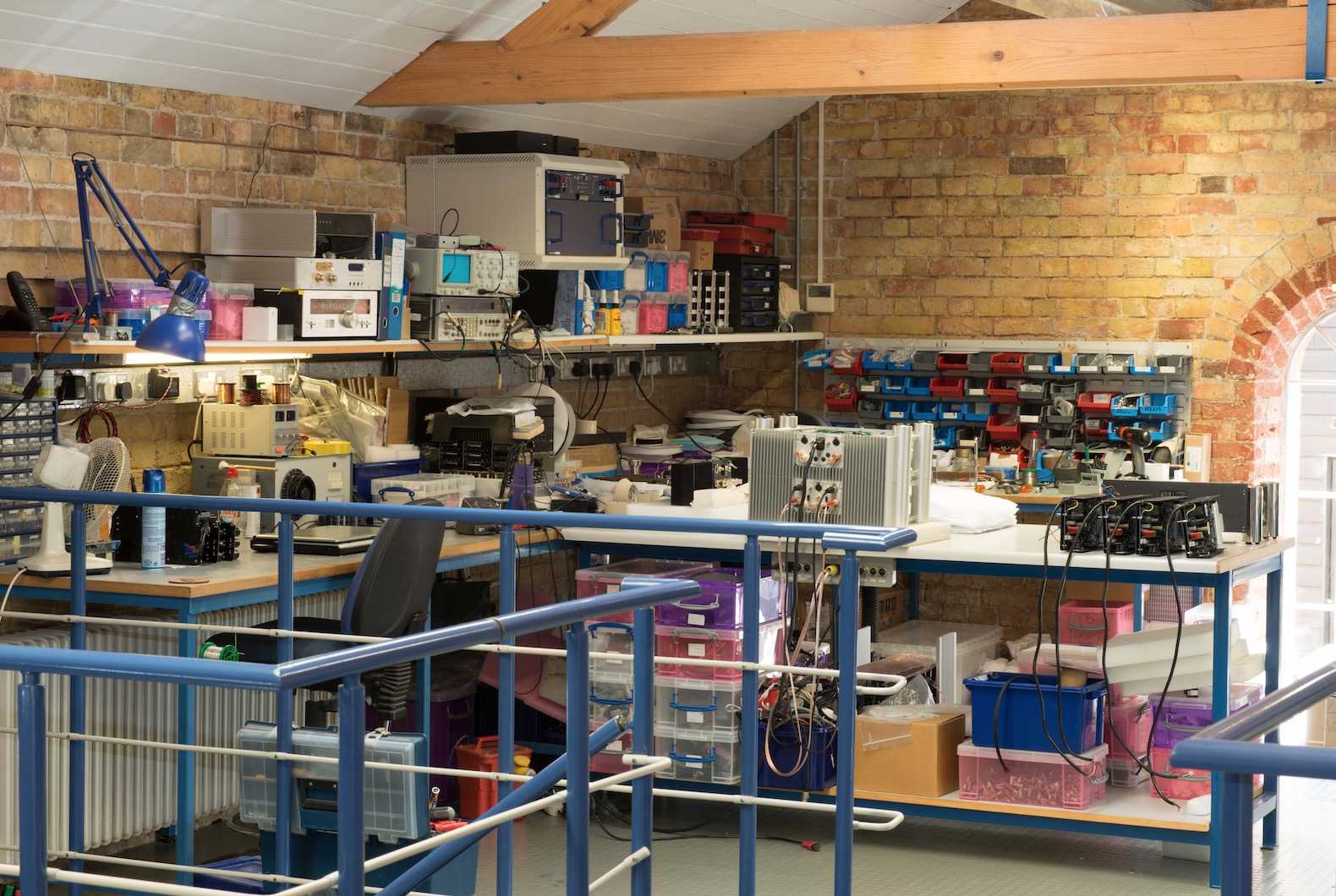
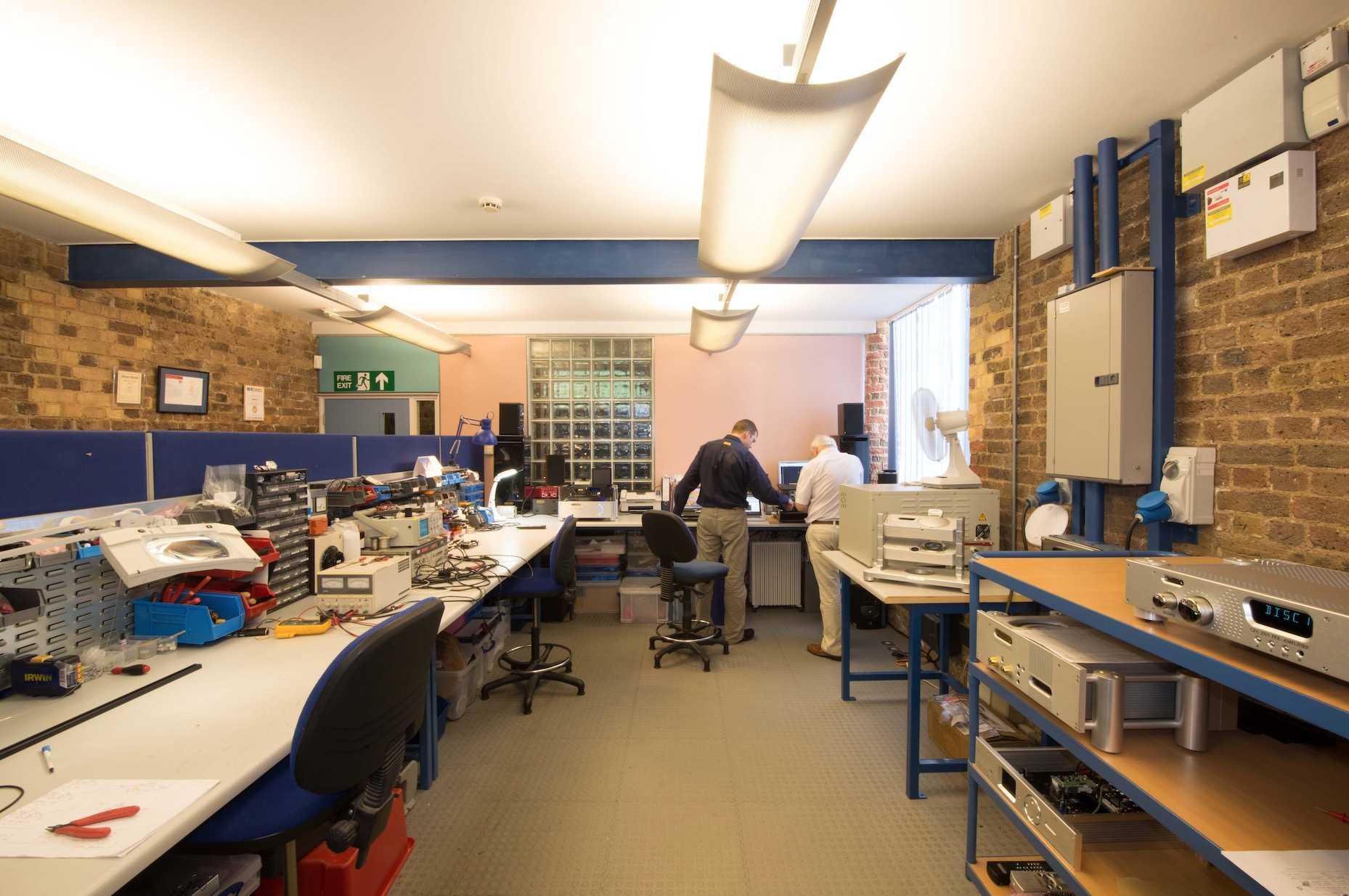
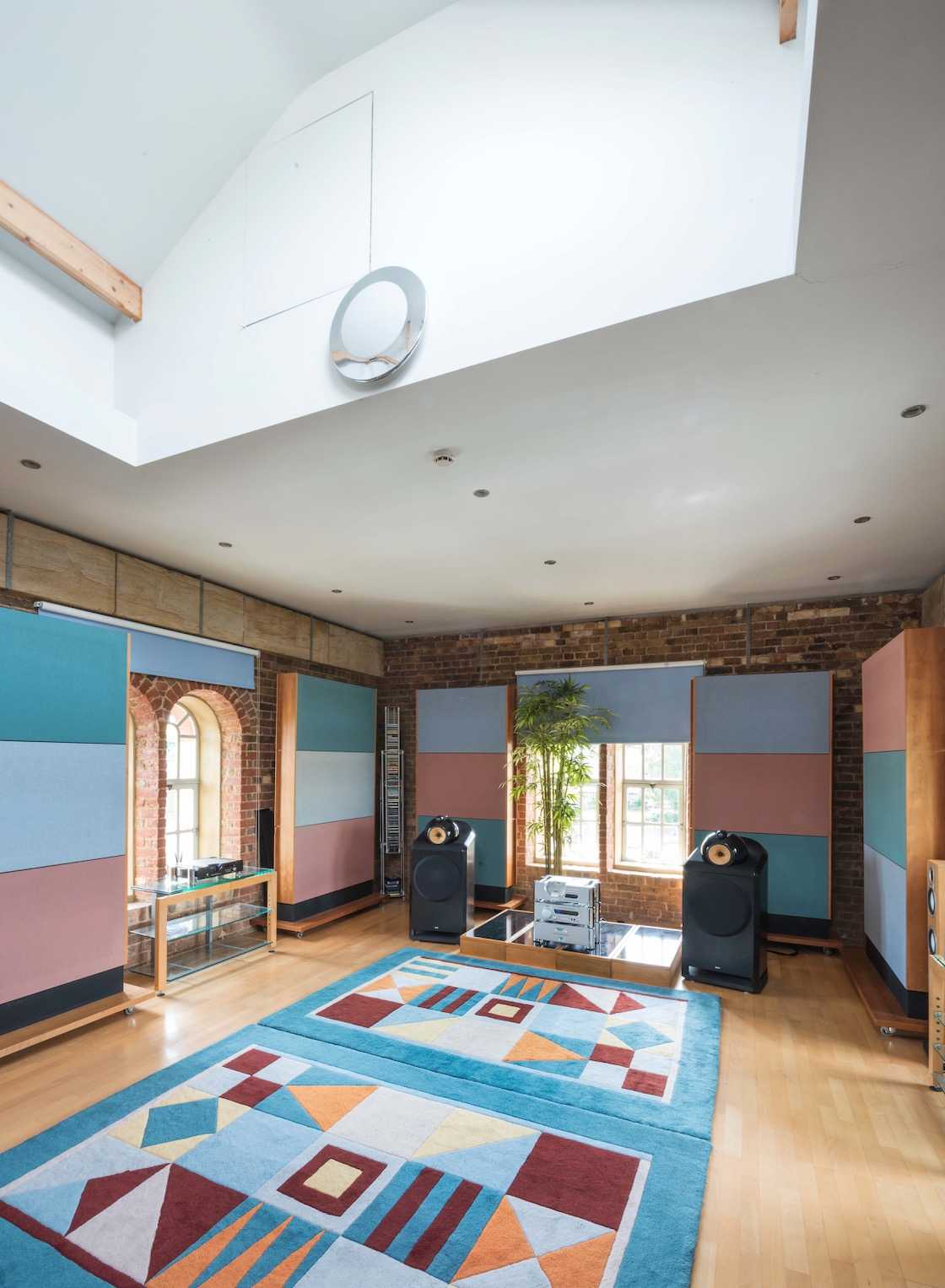
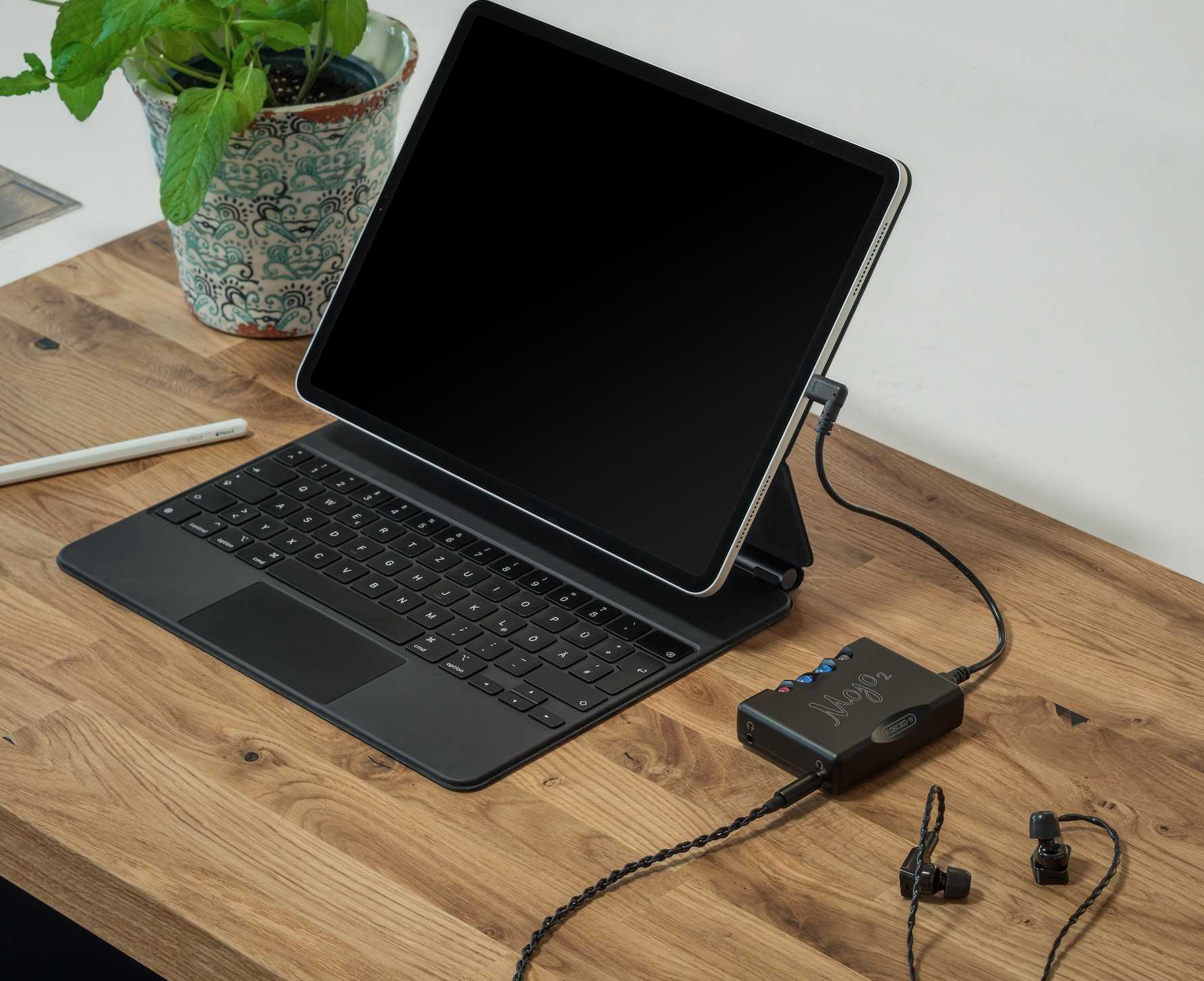

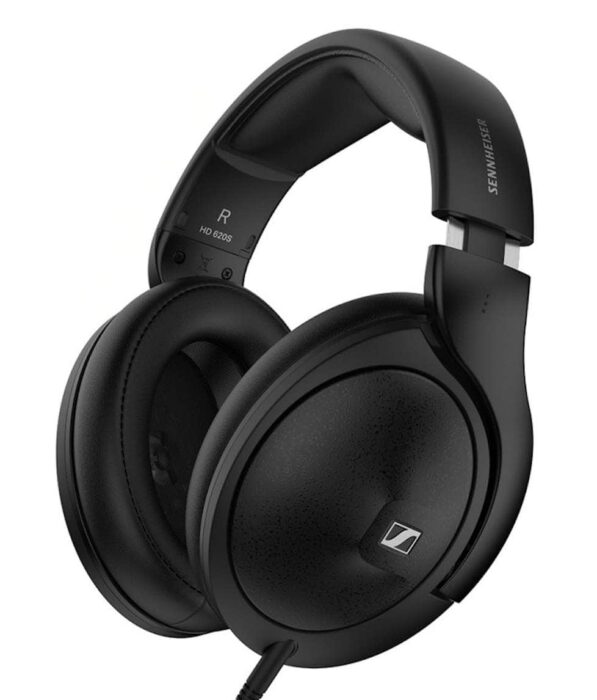
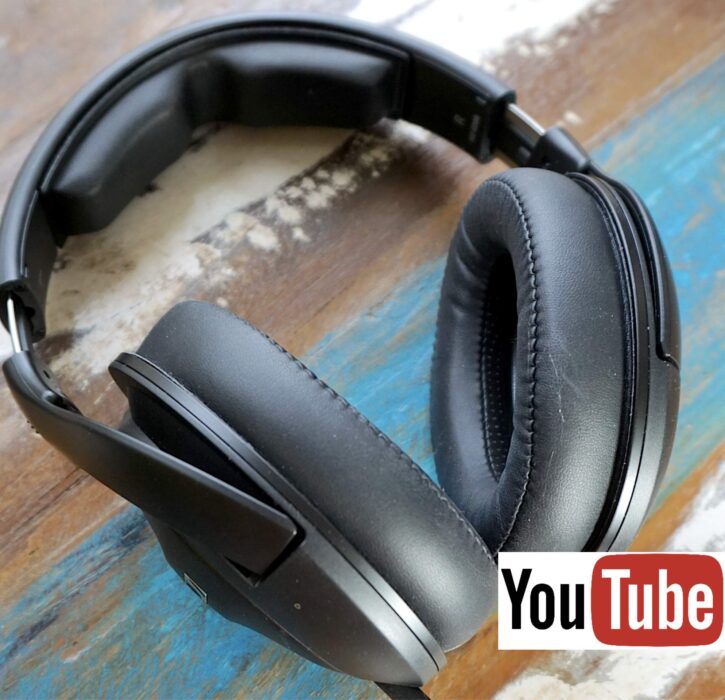
Great review as usual Paul. How do feel the Mojo 2 stands up in a traditional 2 channel set up as the permanent DAC? Obviously lots of talk around about how good it is for headphone use but much fewer using it for hifi…..although those I have found do seem to give it glowing reports.
I’m currently considering this against a DacMagic 200M. I know the 200M has more functionality but I’m not too bothered about that; I’m pretty much plug it in and leave it. Size puts me off the 200M but connectivity on the Mojo concerns me. From what I’ve read, Mojo tops it on sound quality though and that’s the most important thing for me.
Would be keen to know your thoughts.
Thanks
Hi Neil – hmmmm. I haven’t compared the two so I don’t know how they measure up. The overall DAC performance is nice indeed and if the restricted connectivity doesn’t bother you then go for it. For me? Despite the flexibility of the Mojo 2, I would lean towards a dedicated DAC and specialist ports and keep the Mojo 2 for headphone use but hey, that’s just me. I would look at a specialist DAC from the likes of Schiit, for example which would enable me to utilise quality cabling, coax-to-coax (which is my fave connection option), etc, etc. But look, if the Mojo 2 appeals as a DAC, go for it. I’m sure you won’t be disappointed.
Thanks Paul. Is there a Schitt model you would suggest based on a c. £5-600 budget?
The Jotunheim 2 or Lyr 3 spring to mind Neil. I hear good things about the iFi NEO iDSD too – although that’s a bit over your budget.
Many thanks Paul. I’ll certainly give them a look
Hi Paul. Thank your for the comprehensive review. I am intrigued by Rob’s design philosophy and would love to hear how much difference it possibly makes. Unfortunately, this is the only DAC that Chord makes in the sub-$1,000 market. I really wish that they would make a version of this for a traditional wired setup. That being said, the Chord Qute is available on the secondary market for around $600. I know that you tested your Qute with the 6000CDT and liked the sound. I also now have a 6000CDT in large part based on your review. It is connected to a Schiit Modi Multibit (first version). How do you think that the Mojo 2 compares to the Qute? Would it be a good idea to use a Qute in 2023 or would I be better off proceeding with modern equipment in the $1000 price range from other manufactures?
Great and fair review of the Chord Mojo 2. I have on on the way! I was wondering what brand that “L” connect USB-C cable you were using with the iPad? Great way to keep the iPad’s USB-C port from damage!